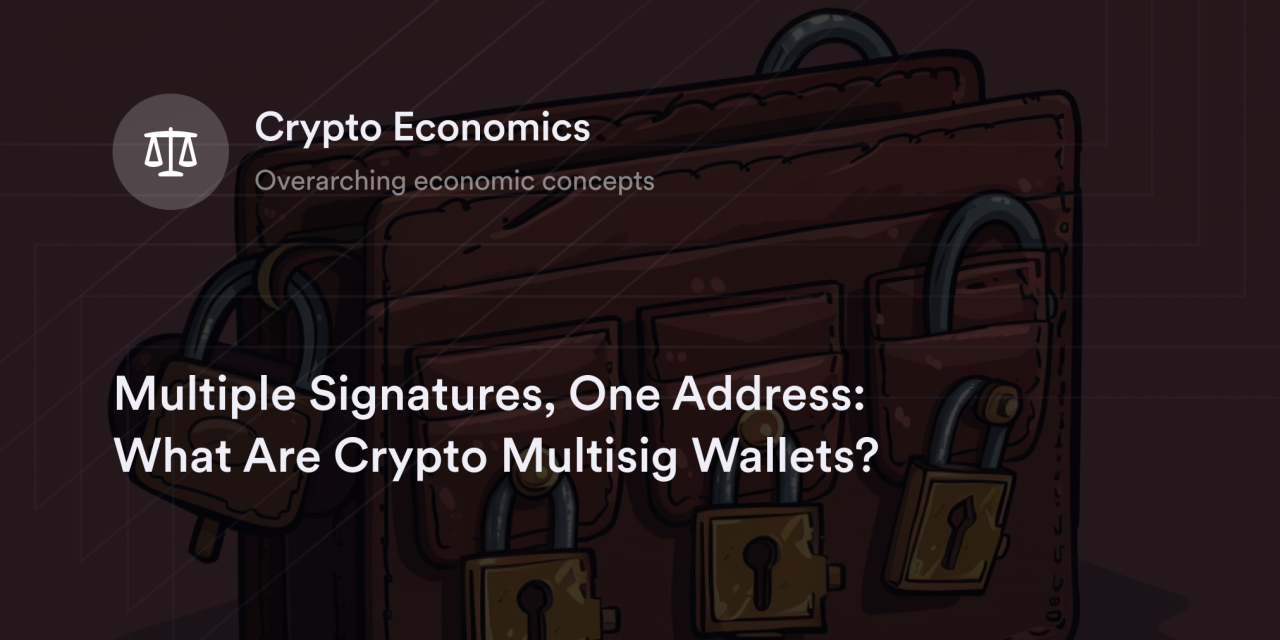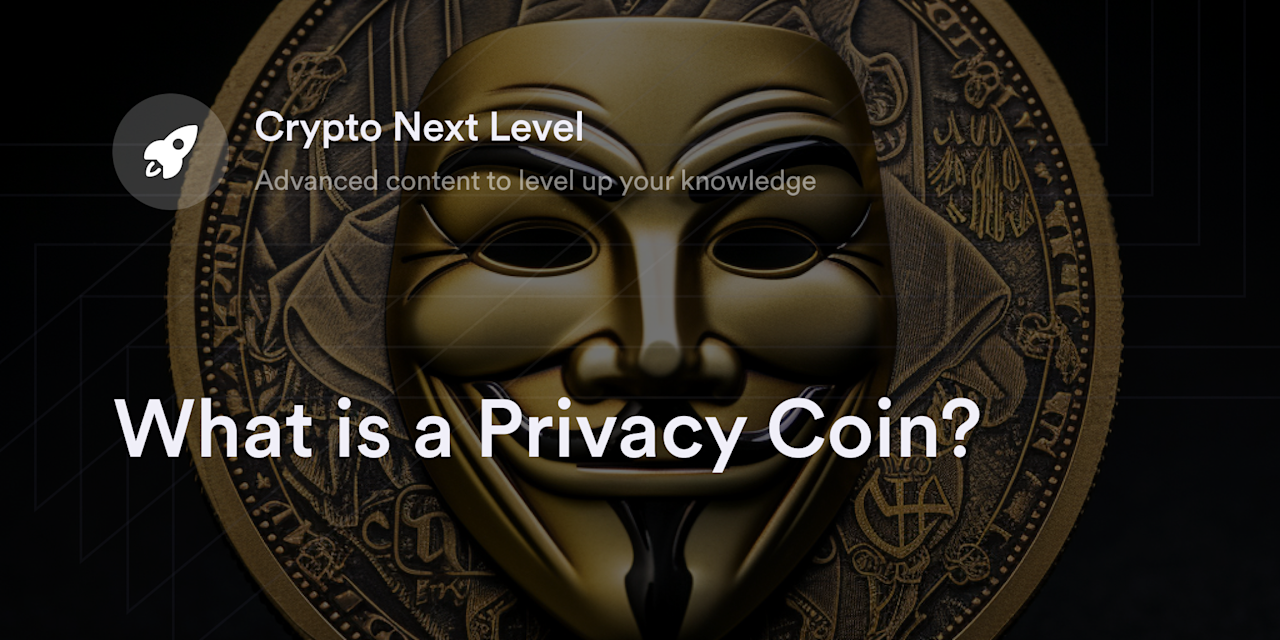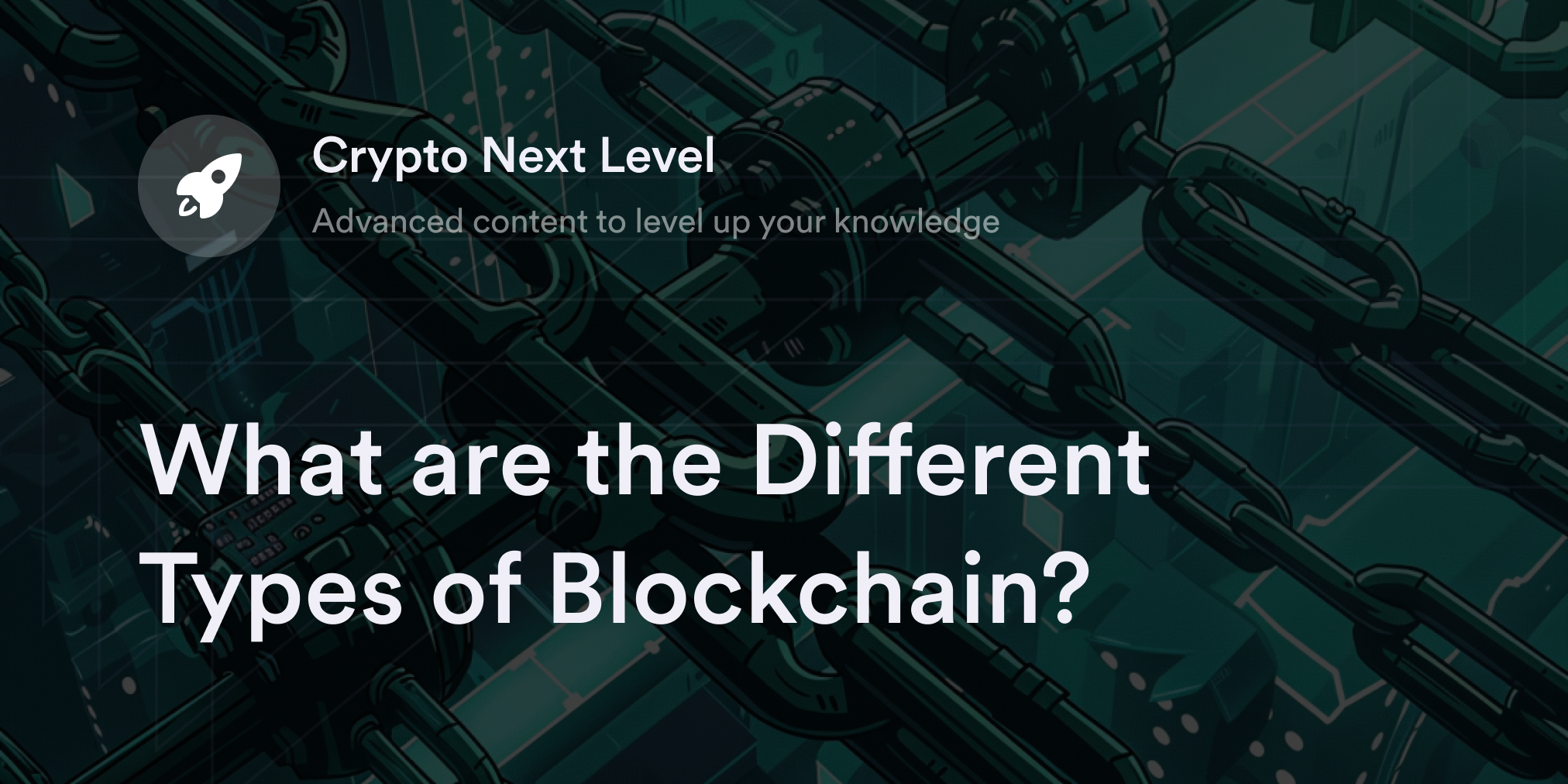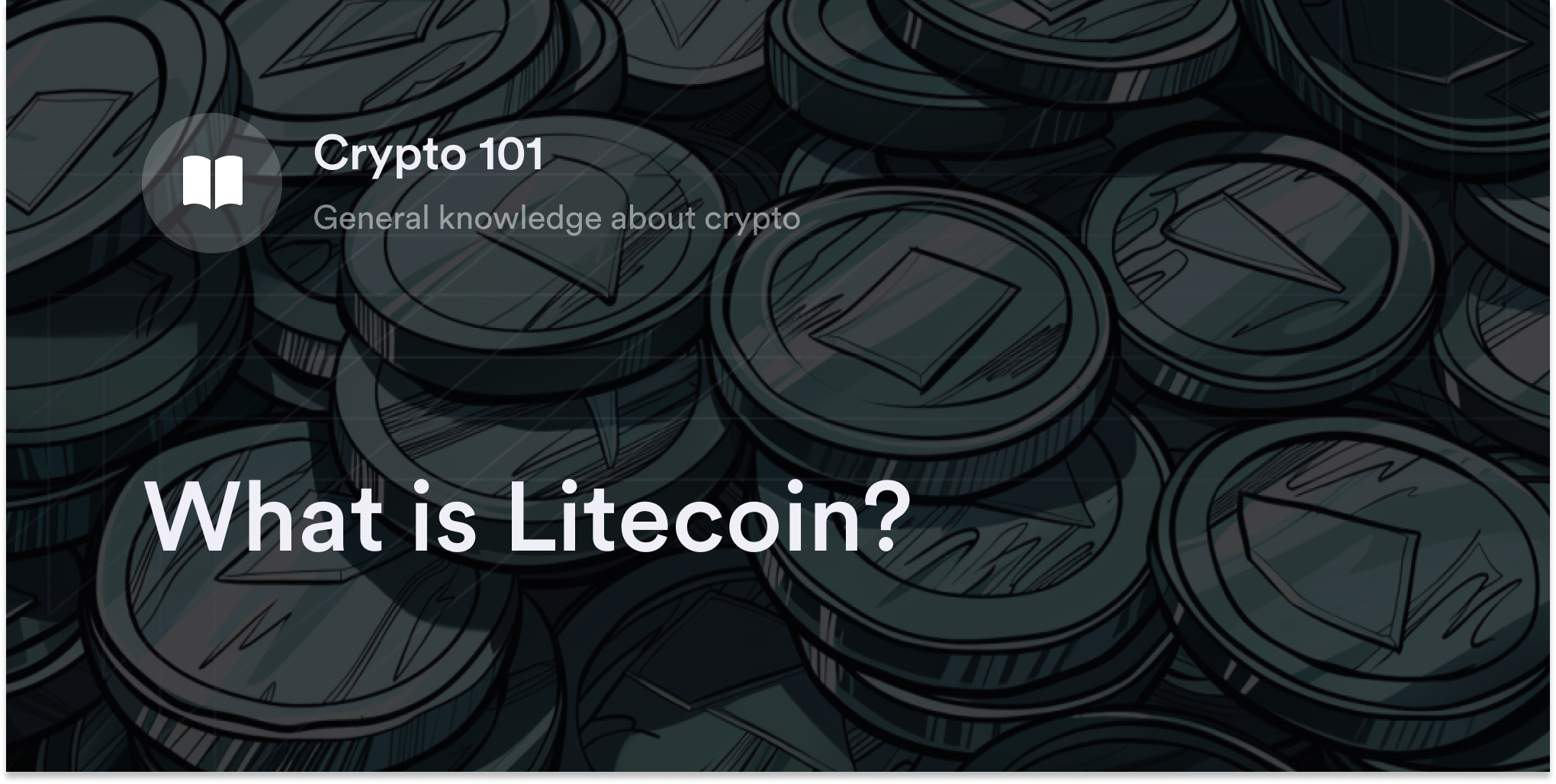


Self-sovereignty is a core value in the cryptocurrency community. Instead of relying on third parties to hold virtual currencies on their behalf, crypto traders enjoy the freedom of downloading a decentralized wallet, setting up a private address, and managing digital assets on their own terms.
Using Web3 wallets for solo crypto storage is popular, but some crypto traders prefer spreading this high responsibility to minimize security risks. Multi-signature (or multisig) wallets are an alternative form of crypto custody offering self-sovereignty benefits with a heightened level of protection.
In this guide, we’ll review how multisig wallets provide many attractive features for traders most concerned about safety, how to set up a multisig wallet, and why some traders believe multisig accounts are the most secure way to store crypto.
What is a multisig wallet in crypto?
Multisig wallets are cryptocurrency wallets with more than one essential passcode called a private key. Standard crypto wallets (aka single-signature wallets) generate a single cryptographic private key that traders use to access their cryptocurrency and verify (or sign) each transaction they authorize. This solo private key encryption works to send secure peer-to-peer (P2P) transactions, but it puts traders in a more vulnerable position if they're hacked or a thief discovers their private key.
Single-signature crypto wallets—including hot software applications and cold hardware devices—only have one private key, so hackers don't need as much information to break into a wallet and steal cryptocurrency. Multisig wallets, on the other hand, eliminate this potential threat by creating multiple private keys and requiring users to enter two or more keys every time they want to transfer tokens.
To visualize the differences between single-signature and multisig crypto wallets, imagine one safe with one keyhole and another with multiple key slots. While breaking into the second safe isn't impossible, it's less likely since a thief has to steal more than one key from more than one owner.
Custodial versus self-custodial multisig wallets: Key differences
Like single-signature crypto wallets, multisig wallets are available in two varieties: custodial and self-custodial.
With a custodial multisig wallet, a third-party entity like BitGo or Gemini acts as an intermediary to protect its clients' cryptocurrency and hold partial or complete copies of the group's private keys. The benefits of using a custodial multisig service include convenience, potential insurance protections, and efficient recovery services.
On the downside, since custodial crypto wallets rely so heavily on a third party, wallet users expose themselves to counterparty risks, including account lockouts, bankruptcy, or mismanagement of funds.
Self-custodial multisig wallets, in contrast, are decentralized protocols that give traders complete authority over their private keys. There's no need to worry about third parties monitoring or interfering with crypto transfers on a decentralized multisig account, but there aren't any special insurance protections, customer support lines, or recovery services if users lose their private keys or something goes wrong with a transaction.
These wallets are ideal for traders who prioritize sovereignty over their assets and don't mind foregoing the conveniences of a centrally controlled service.
How to create a multisig wallet
Multisig wallets automatically generate a set of cryptographically linked public and private keys when setting up an account. The private keys are like secret passcodes used to access a wallet, while the public keys are like mailing addresses that are safe to share with others.
Because multisig wallets generate multiple private keys for different users, they rely on a technique called threshold signatures to ensure each private key represents only a partial slice of the total transaction signature. A multisig wallet's owners also decide on the minimum number of signatures (the M value) out of the total number of private key owners (the N value) when setting up a wallet.
For example, a multisig wallet with a 2-of-2 M-of-N value means the two people with the total number of private keys for this multisig wallet must sign every transaction together before these transfers are posted on a blockchain. Conversely, wallet owners might require more signatures from their group but don't enforce a unanimous decision (e.g., M-of-N wallets with 2-of-3 or 3-of-5 signature thresholds).
For even greater security, some multisig wallets let users add restrictions on when or how to interpret valid crypto transfers. For example, time-locked multisig wallets only allow users to approve crypto transactions in predefined timeframes.
There are also multisig wallets with built-in limitations on the maximum amount of tokens users can send, even with the required M-of-N value.
Pros and cons of multisig wallets
Multisig wallets give some crypto users extra peace of mind––thanks to their wider distribution of responsibility. Although the additional private keys make multisig wallets more resistant to theft and cyberattacks, these wallets aren't free from vulnerabilities. There are a few unique risks crypto traders must consider before deciding whether multisig wallets are the right option.
Pros of multisig wallets
Heightened protection against hacks
Multisig wallets require multiple private key signatures to approve crypto transfers, making them inherently more resilient against security issues such as hacks, theft, and unauthorized access. Even if a hacker manages to decipher one private key, there's still no threat to the assets on a multisig wallet since the criminal can't use this limited data to steal funds.
Ideal for group settings
Multisig wallets are collaborative in nature, which makes them a perfect fit for individuals, organizations, and decentralized protocols looking for a transparent and trustless way to manage digital assets. Since power is evenly distributed on a multisig wallet, everyone feels a sense of fairness in this decentralized arrangement.
Prevents fraud
Another reason groups favor multisig wallets is they act as a natural deterrent against fraudulent activities. The collaborative approval process ensures no single entity has total control over the group's crypto funds, which makes it less likely for bad actors to pull off an internal fraud scheme.
Customizable safety features
Many multisig wallets also make it easy for traders to boost their security standards with add-on features like time locks, automatic delays, or specific transaction conditions. These additional automated features make it possible to set precise parameters and further mitigate security concerns when sending crypto funds.
Cons of multisig wallets
Less user-friendly
The extra parameters and private keys in multisig wallets make them the more secure option, but they also make these wallets more complicated to set up, maintain, and use. Crypto traders must ensure everyone in their multisig group fully understands the complexities of installing and operating their wallet's software.
Reduced accessibility
Unlike single-signature crypto wallets, multisig users can't open their wallets and approve transfers on the spot. The ability to transfer crypto in a multisig account is always contingent on everyone else's availability, making them a poor choice in situations requiring swift action (e.g., day or swing trading).
Private key recovery challenges
More private keys on multisig wallets mean there are more chances for key holders to misplace or misremember this crucial information. If the minimum threshold of private keys gets lost or compromised, traders lose access to the crypto funds on their wallets.
What are popular multisig wallets?
Because every crypto trader has different goals and preferences, choosing the "best" multisig wallet isn't necessarily easy. However, some self-custodial crypto wallets have a long reputation for providing traders with free and reliable multisig functionality, especially on Bitcoin (BTC) and Ethereum (ETH). For those new to multisig wallets, here are a few well-known names to use as a starting base for further research:
Electrum
Armory
Blue Wallet
Guarda
Safe (aka Gnosis Safe)
Rabby Wallet
Stay safe in Web3 with dYdX Academy’s guides
For more detailed articles on crypto wallets and Web3 security, visit dYdX Academy. From hardware wallets and common crypto scams to public keys and crypto exchanges, dYdX Academy has dozens of beginner-friendly guides on the basics of blockchain safety.
dYdX also offers eligible traders a safe, decentralized trading platform for crypto perpetual contracts. Find out more about dYdX's latest services—including our stand-alone dYdX Chain—on the official dYdX blog, and eligible traders can start trading on dYdX today.
Disclosures
The content of this article (the “Article”) is provided for general informational purposes only. Reference to any specific strategy, technique, product, service, or entity does not constitute an endorsement or recommendation by dYdX Trading Inc., or any affiliate, agent, or representative thereof (“dYdX”). Use of strategies, techniques, products or services referenced in this Article may involve material risks, including the risk of financial losses arising from the volatility, operational loss, or nonconsensual liquidation of digital assets. The content of this Article does not constitute, and should not be considered, construed, or relied upon as, financial advice, legal advice, tax advice, investment advice, or advice of any other nature; and the content of this Article is not an offer, solicitation or call to action to make any investment, or purchase any crypto asset, of any kind. dYdX makes no representation, assurance or guarantee as to the accuracy, completeness, timeliness, suitability, or validity of any information in this Article or any third-party website that may be linked to it. You are solely responsible for conducting independent research, performing due diligence, and/or seeking advice from a professional advisor prior to taking any financial, tax, legal, or investment action.
You may only use the dYdX Services in compliance with the dYdX Terms of Use available here, including the geographic restrictions therein.
Any applicable sponsorship in connection with this Article will be disclosed, and any reference to a sponsor in this Article is for disclosure purposes, or informational in nature, and in any event is not a call to action to make an investment, acquire a service or product, or purchase crypto assets. This Article does not offer the purchase or sale of any financial instruments or related services.
By accessing this Article and taking any action in connection with the information contained in this Article, you agree that dYdX is not responsible, directly or indirectly, for any errors, omissions, or delays related to this Article, or any damage, injury, or loss incurred in connection with use of or reliance on the content of this Article, including any specific strategy, technique, product, service, or entity that may be referenced in the Article.







